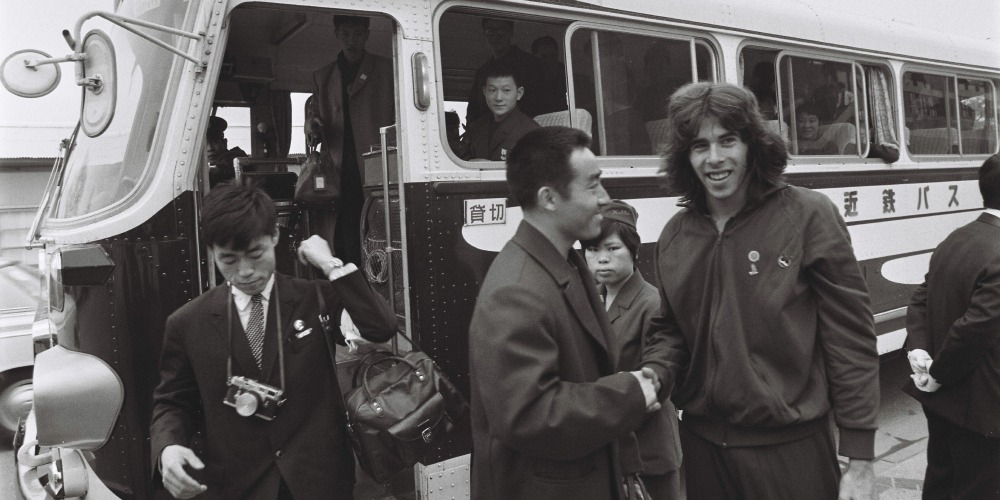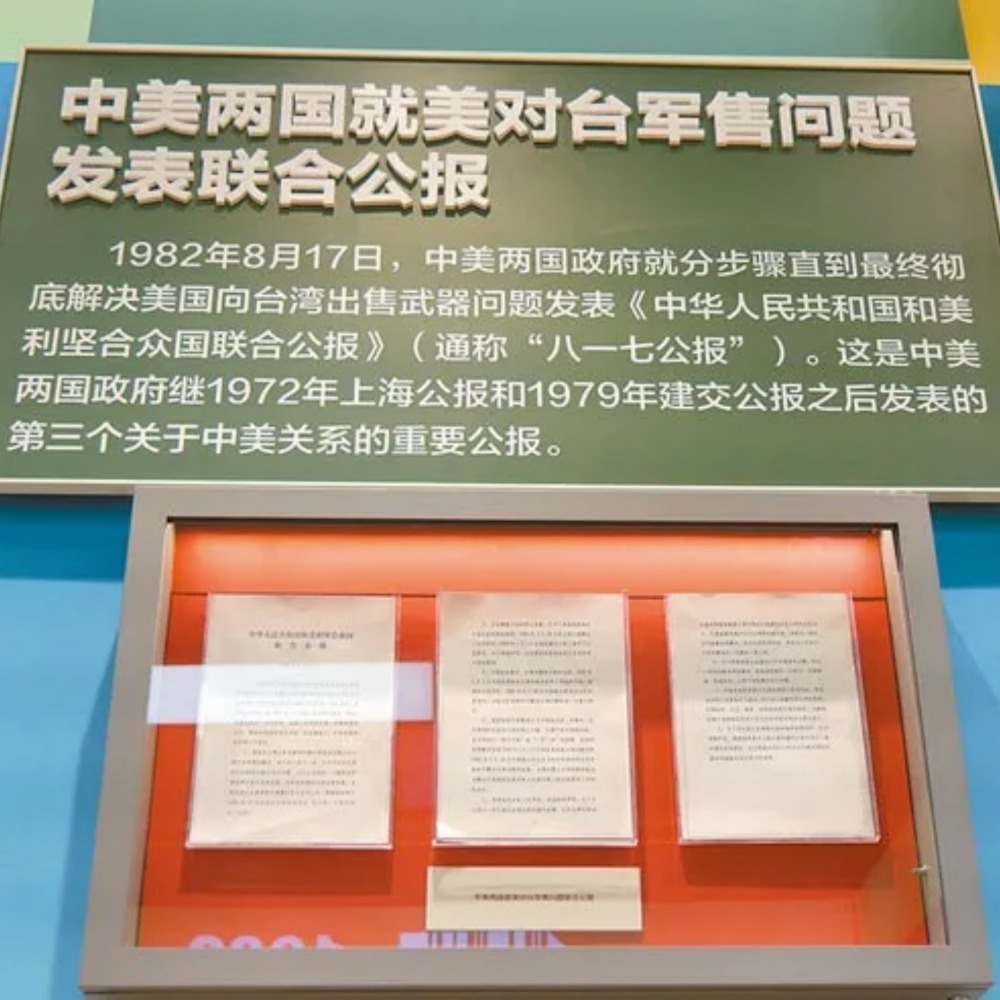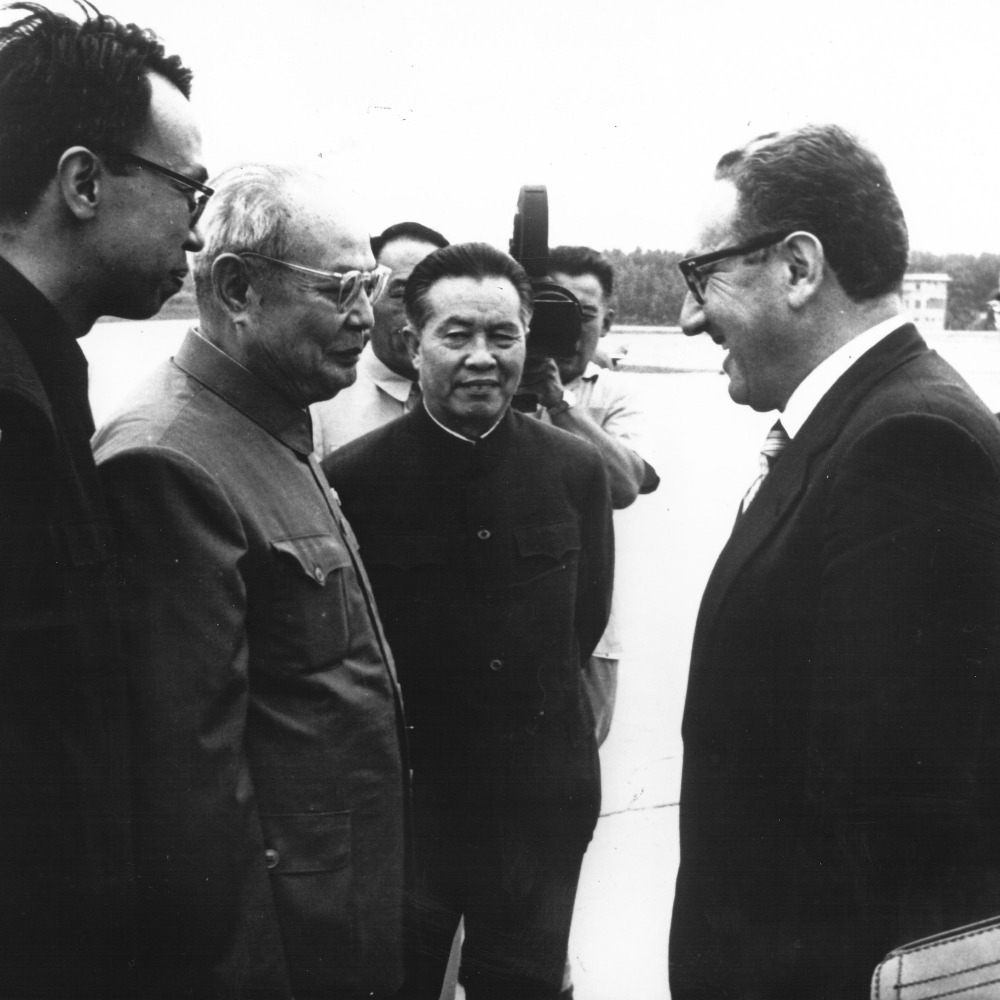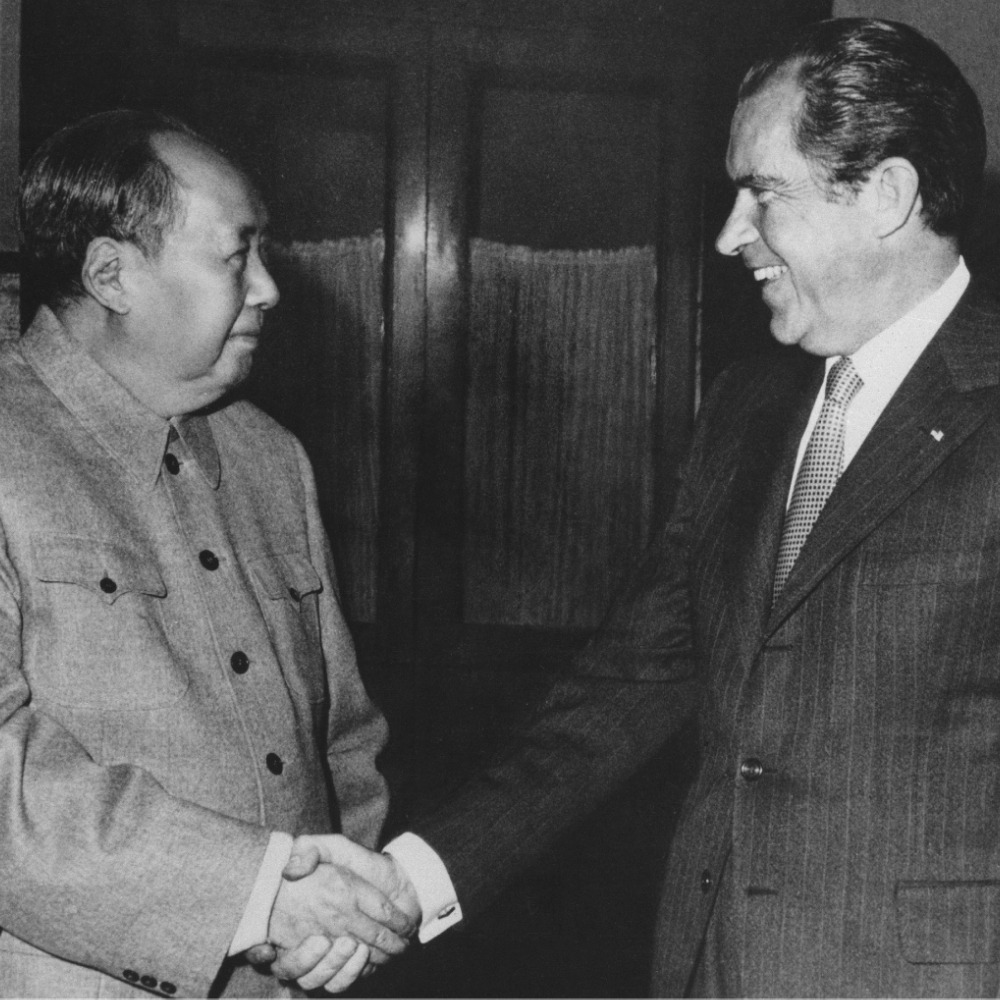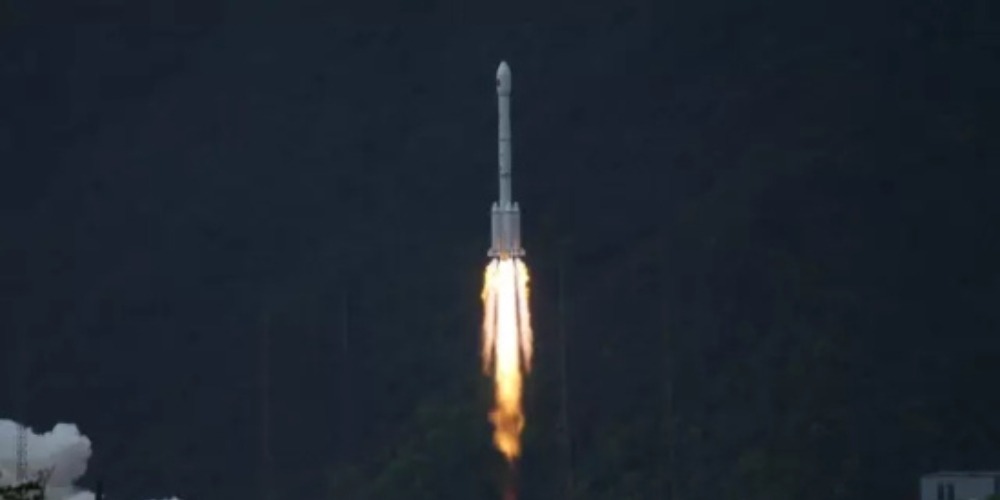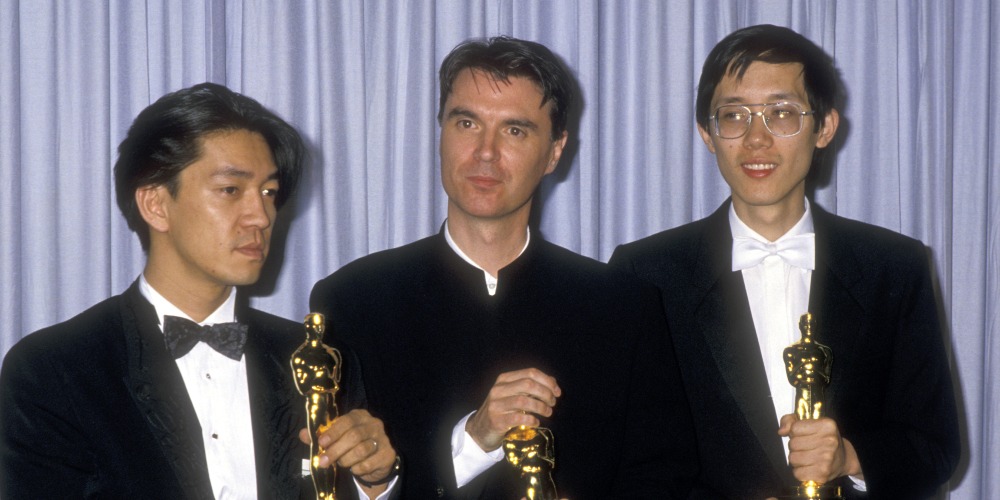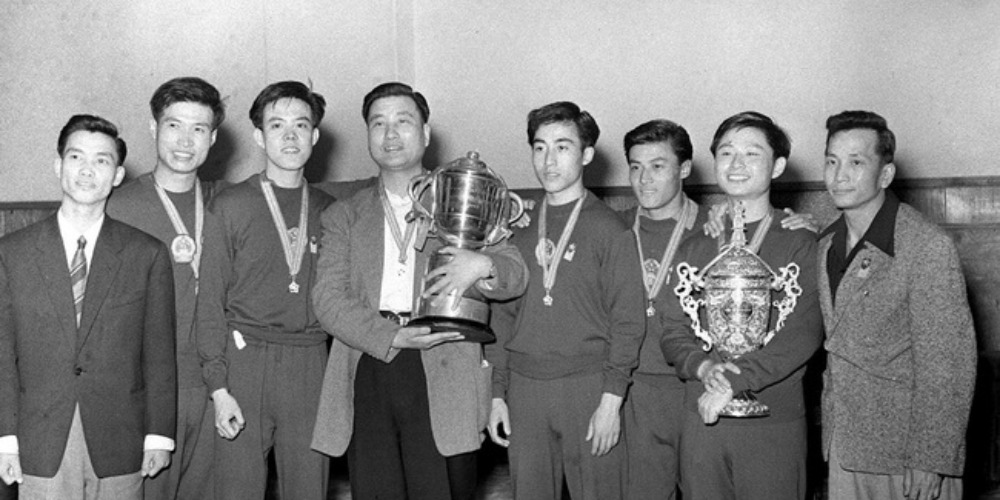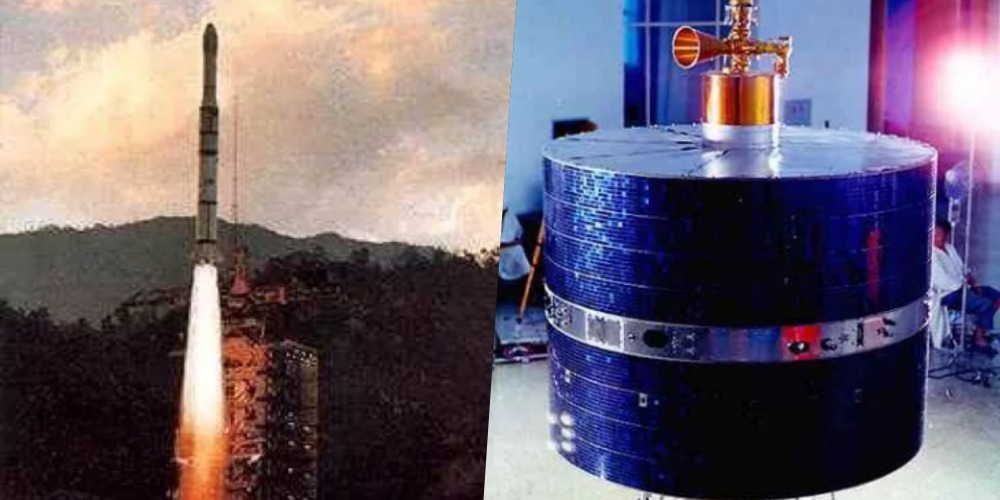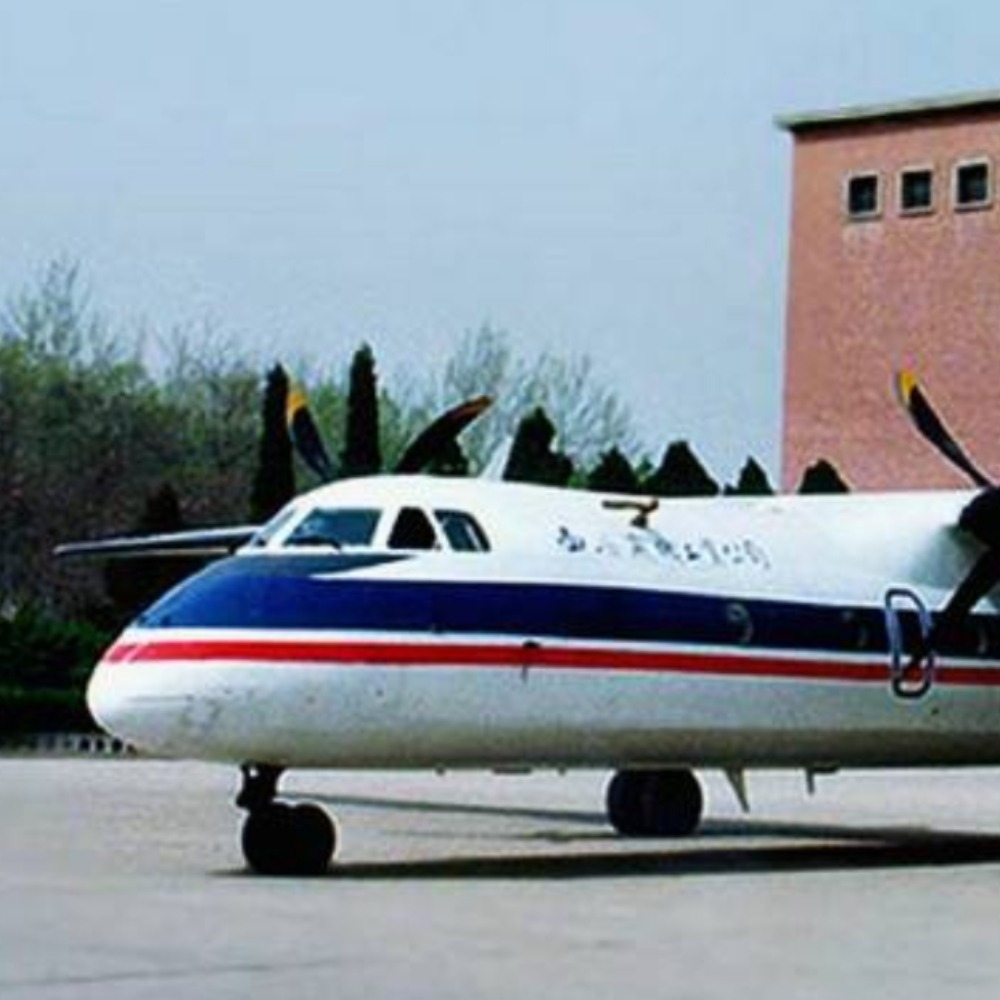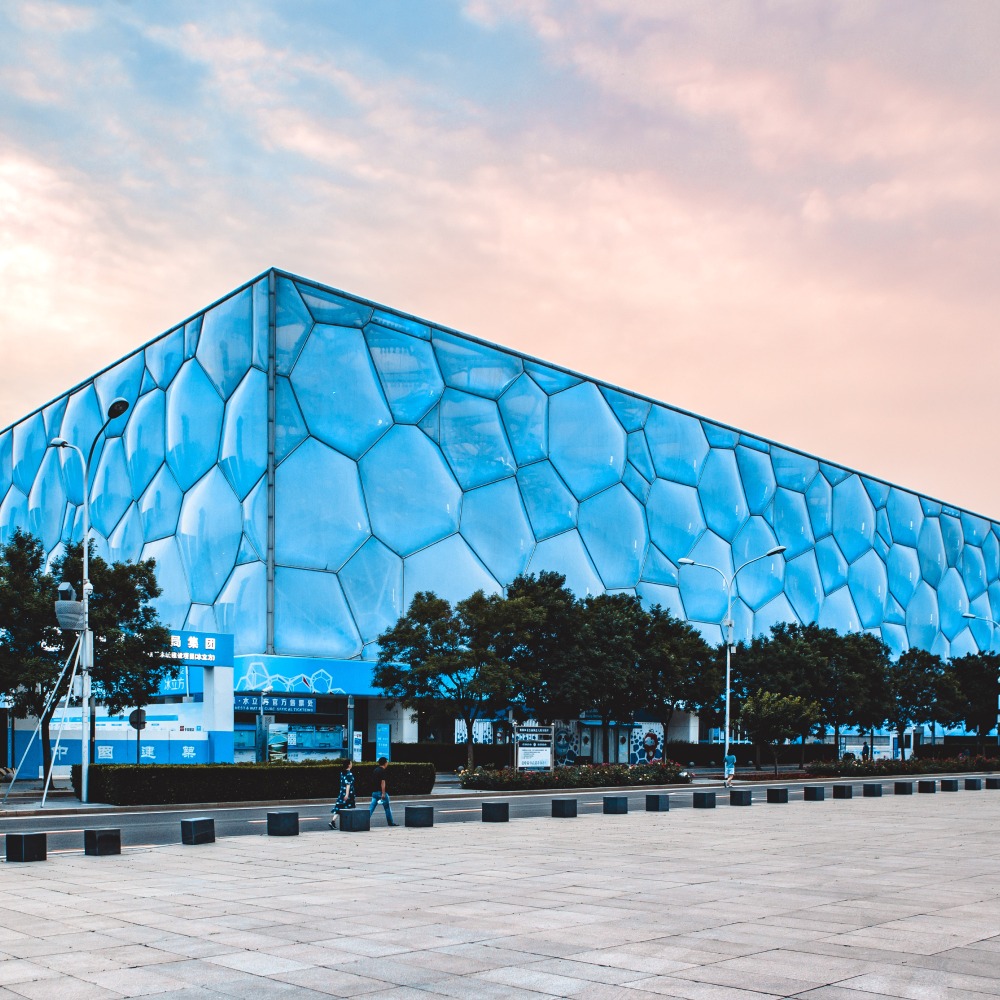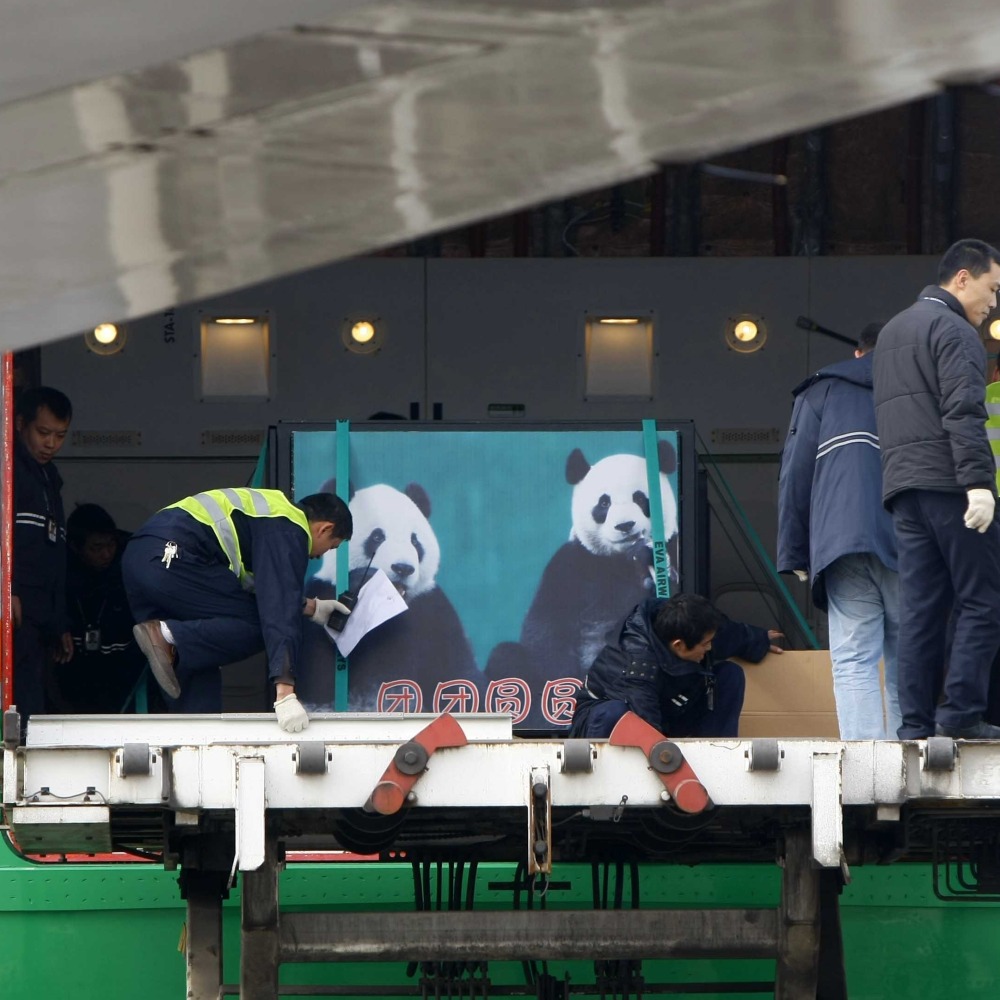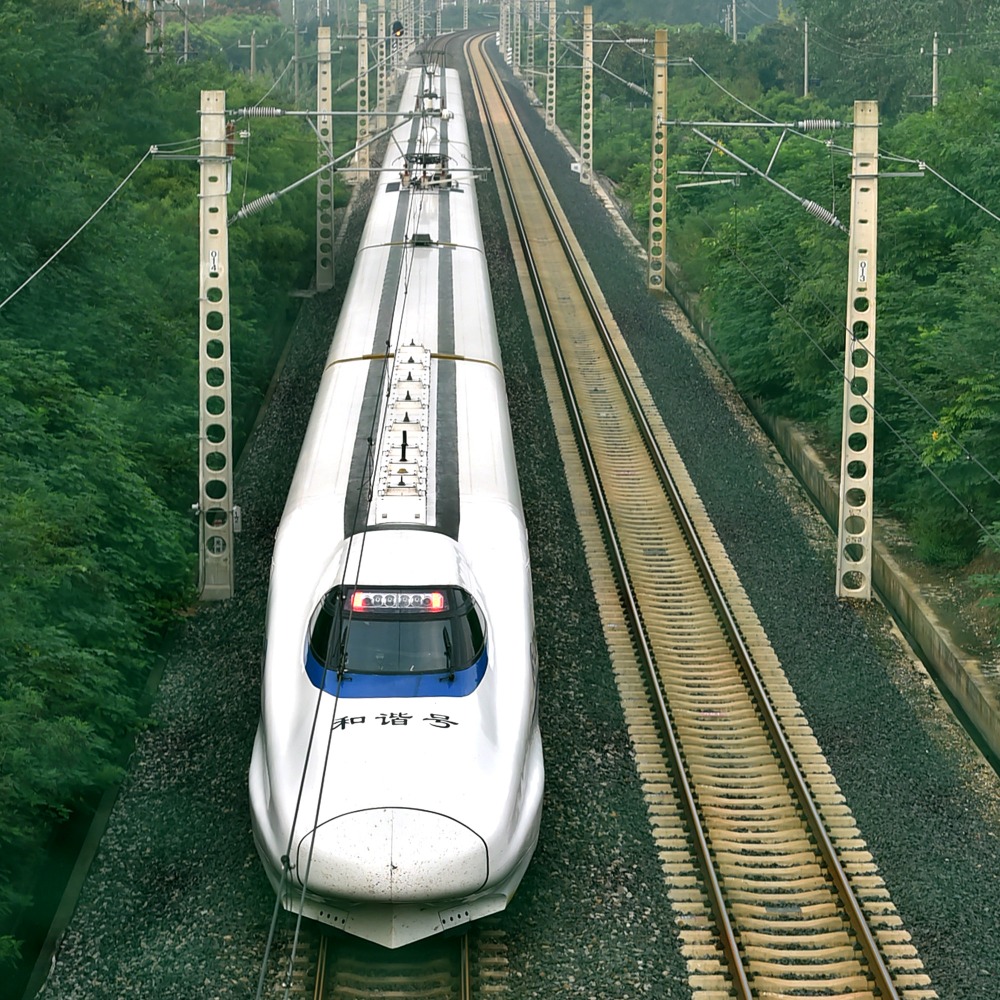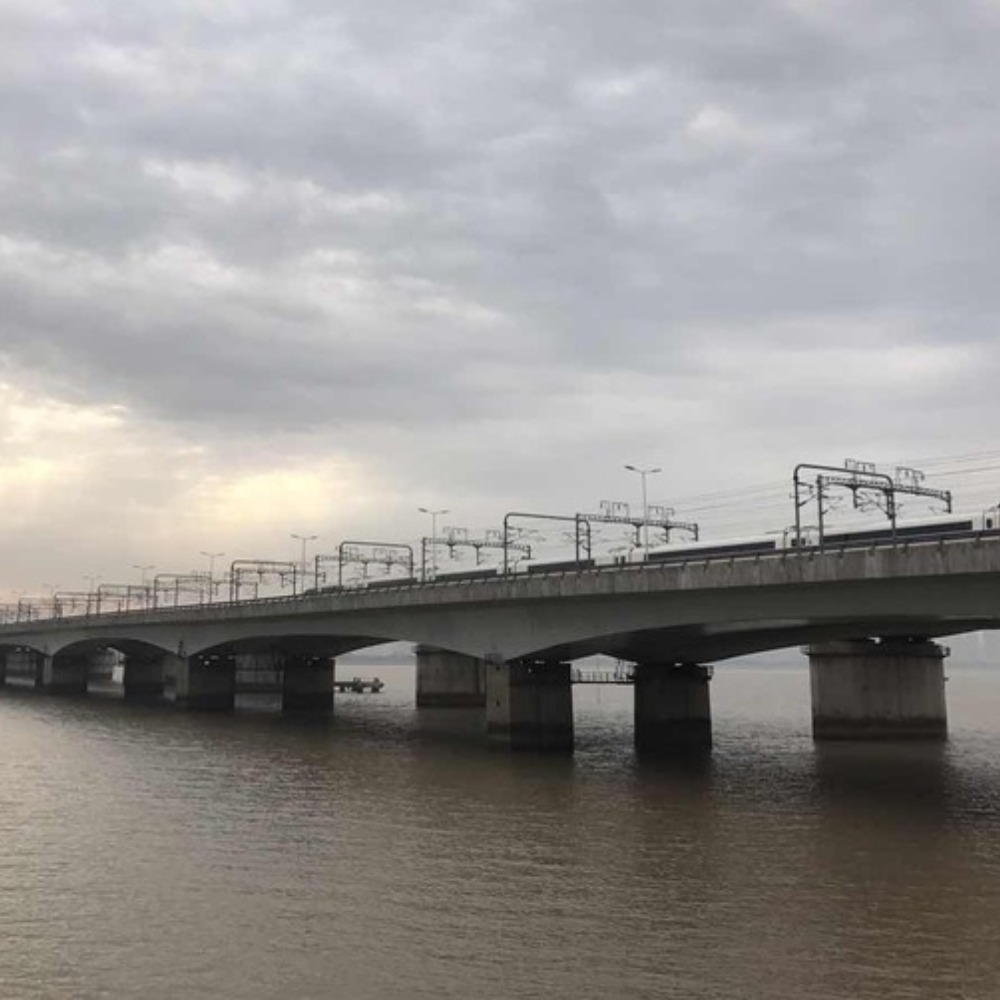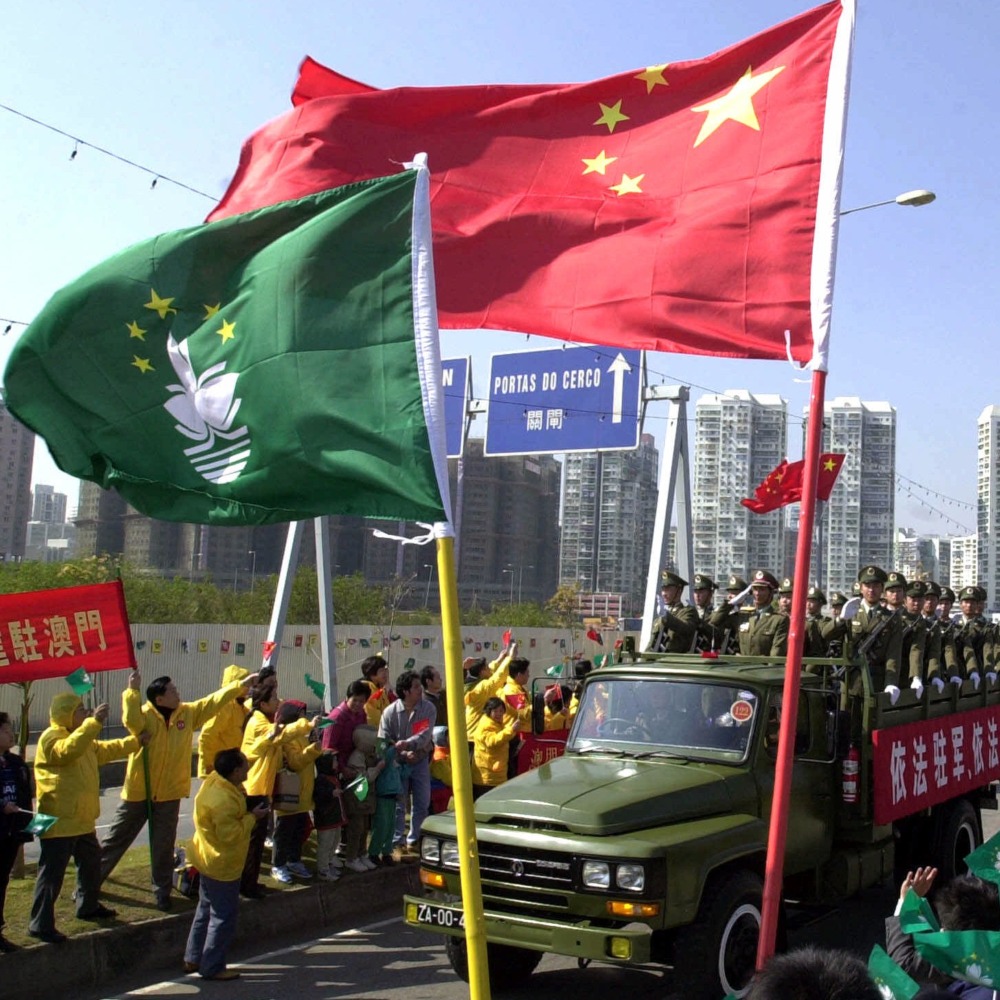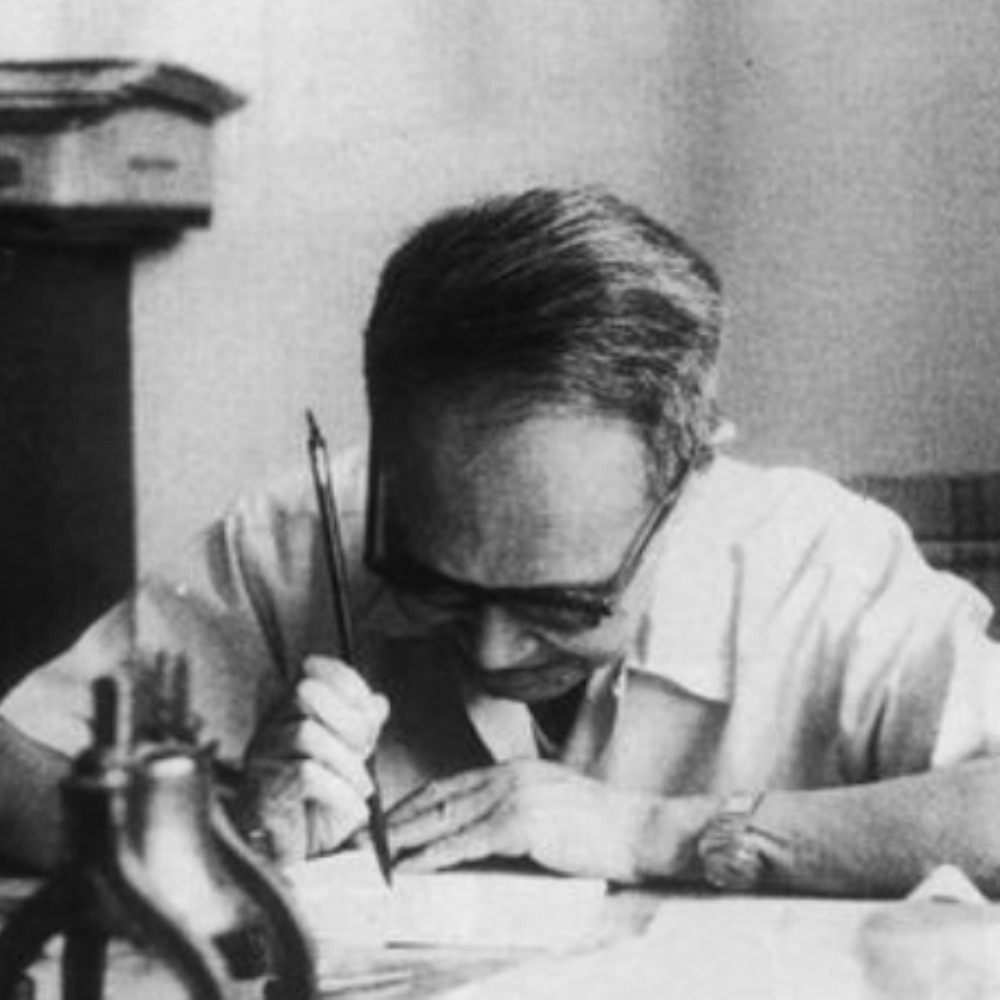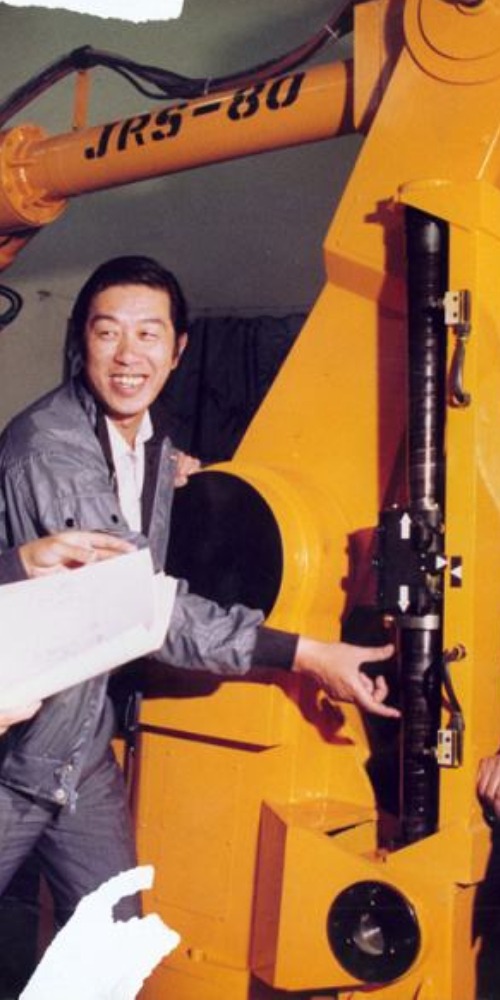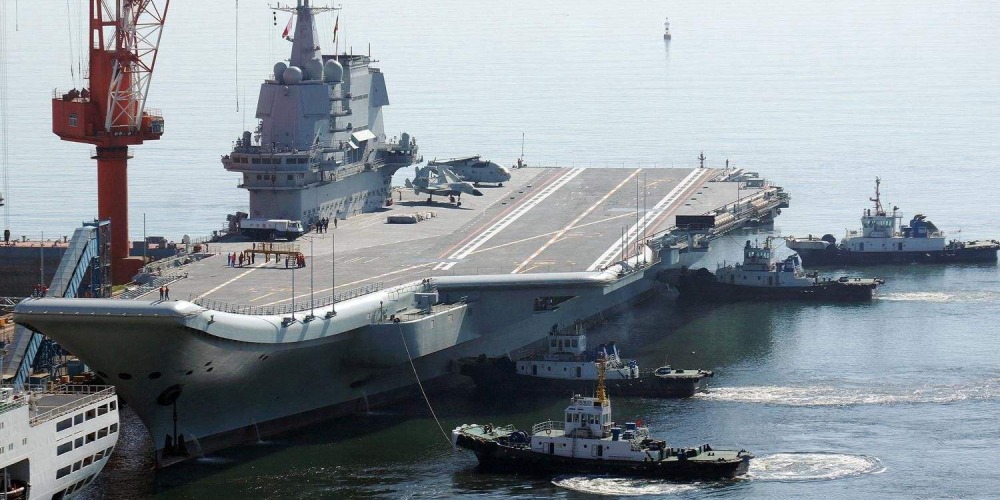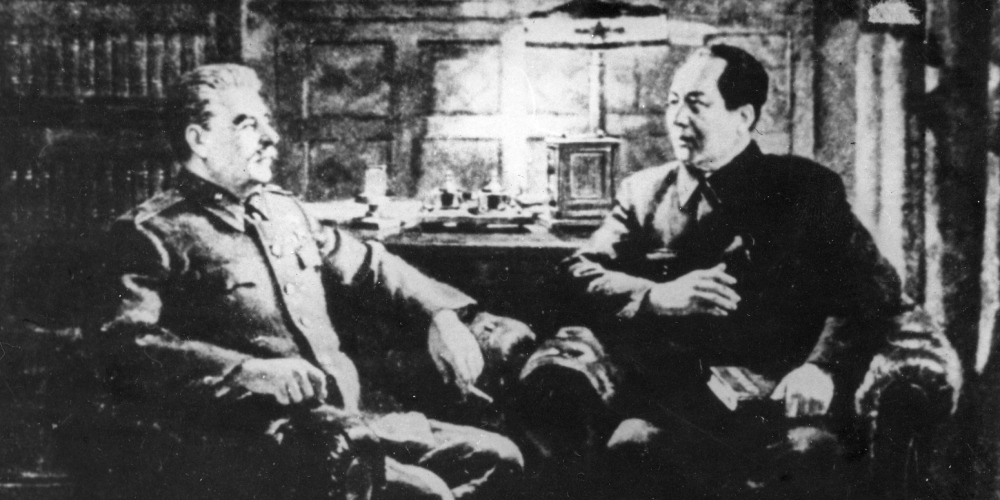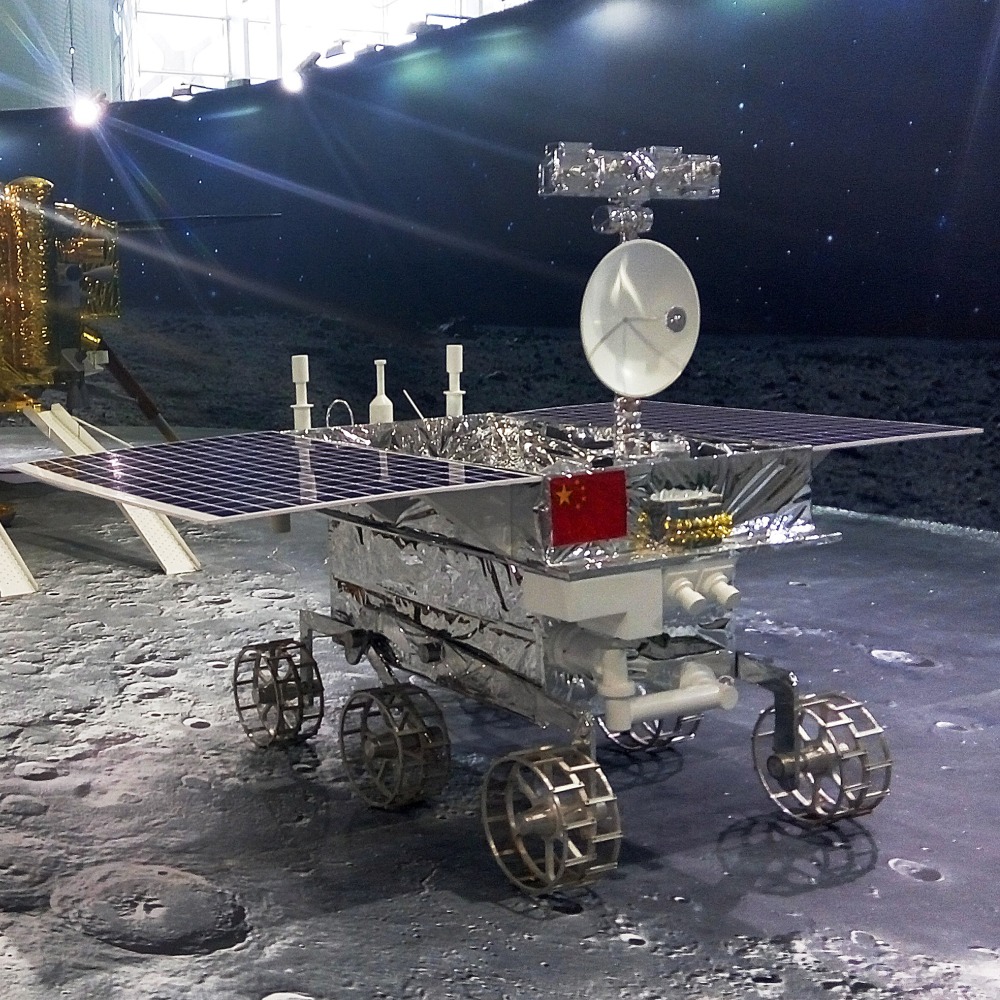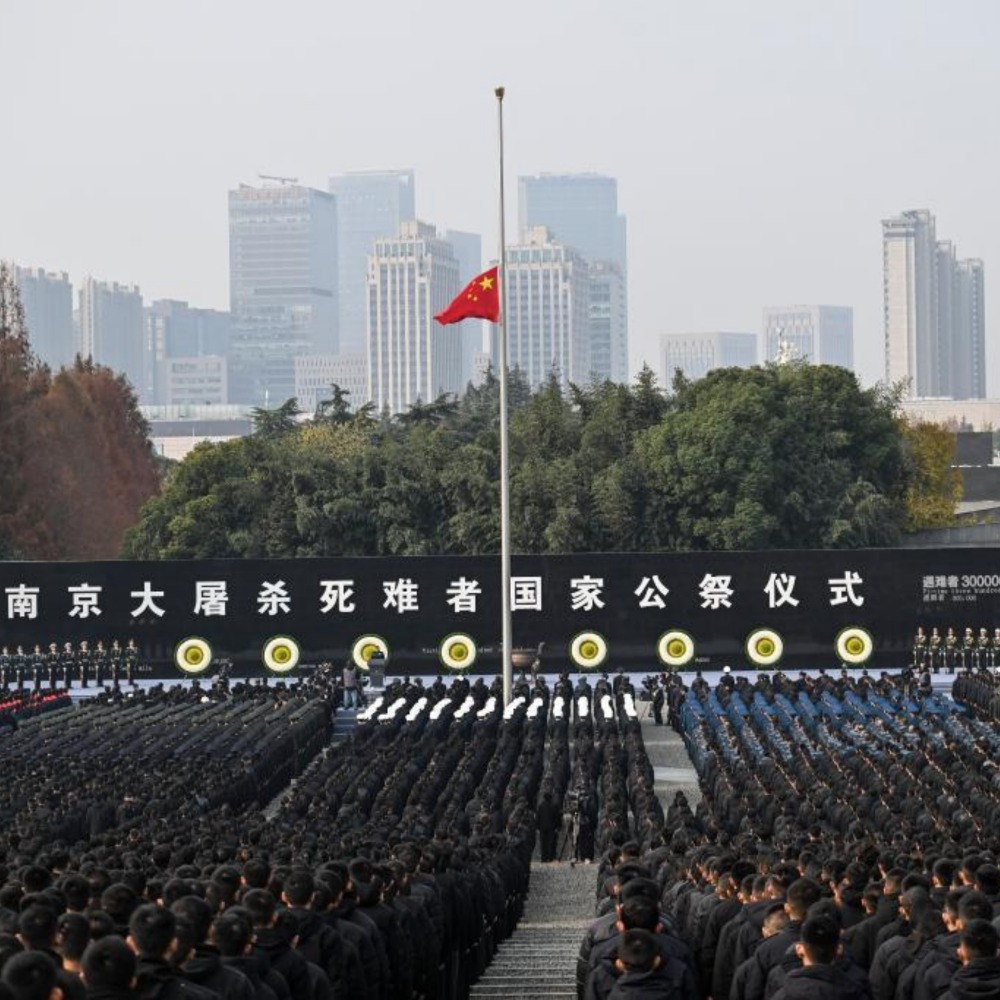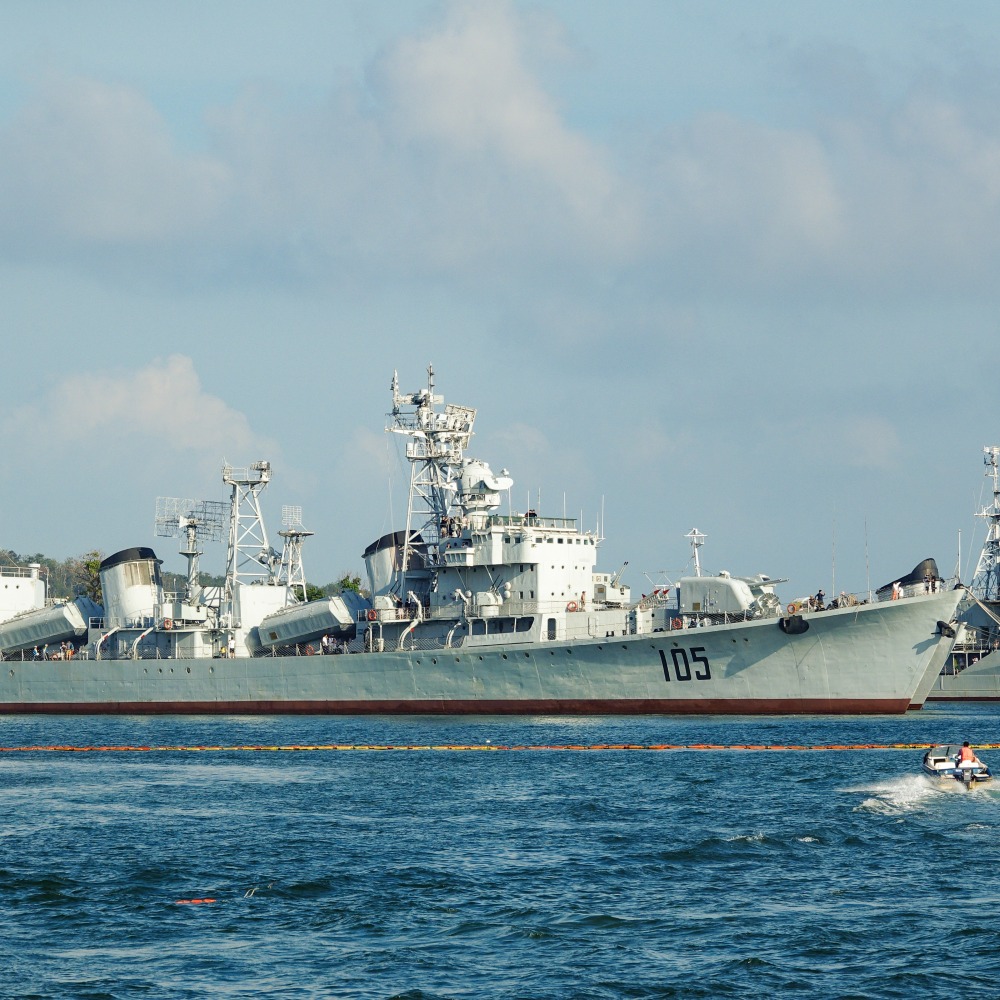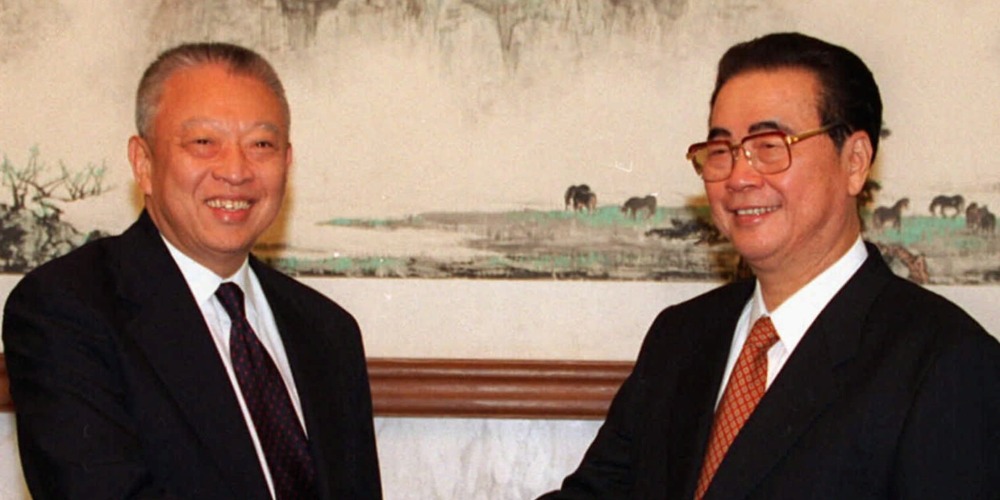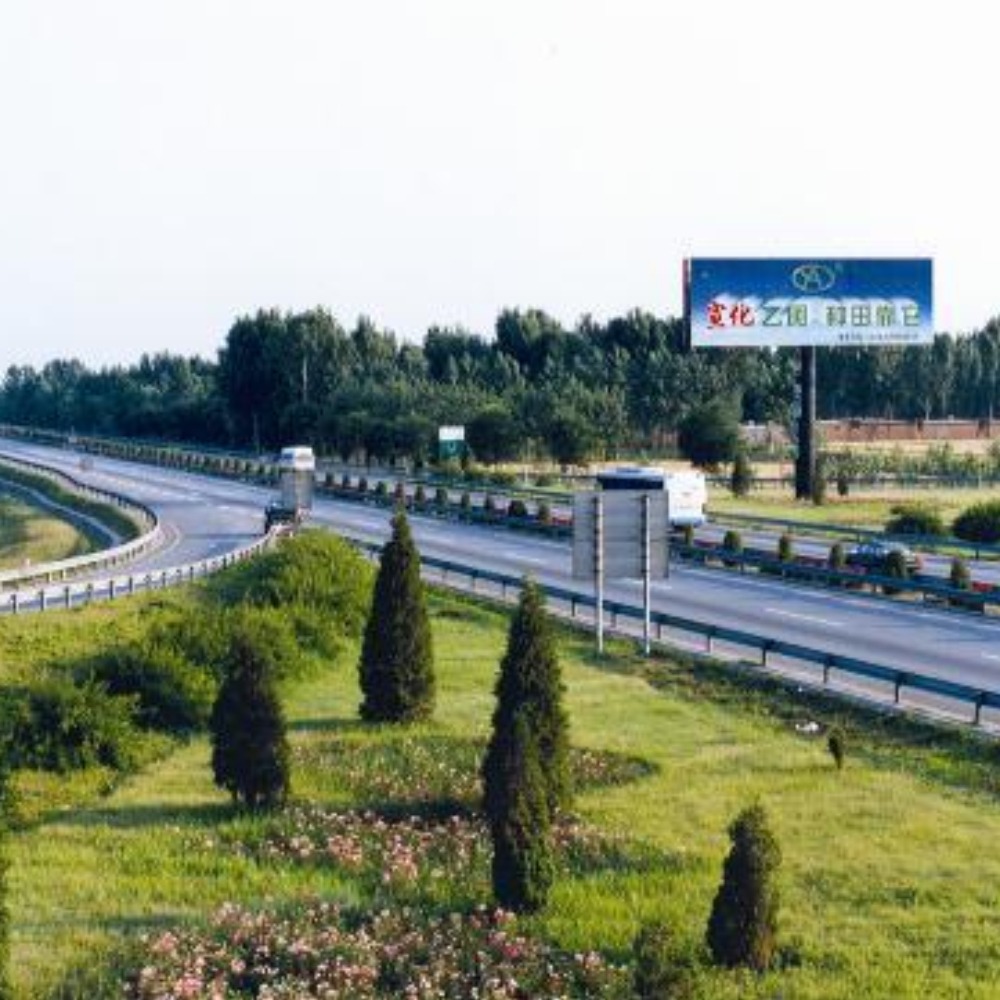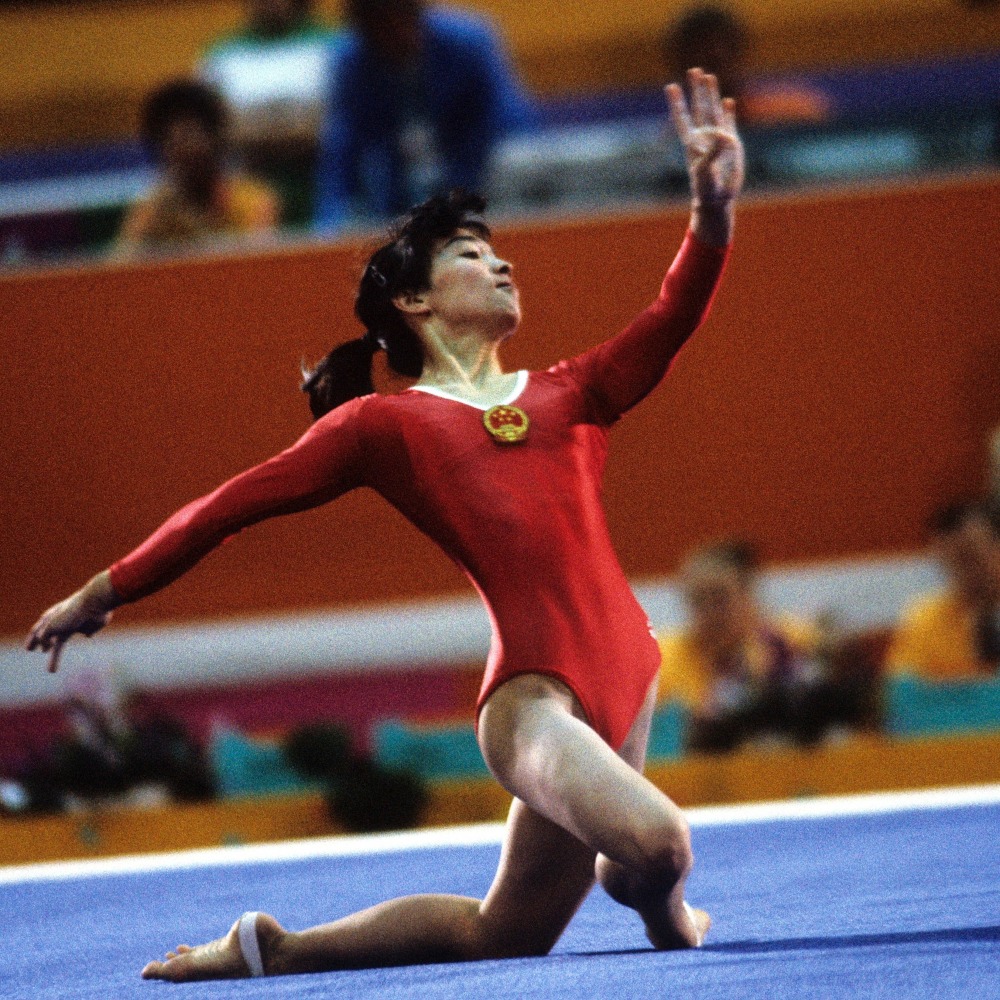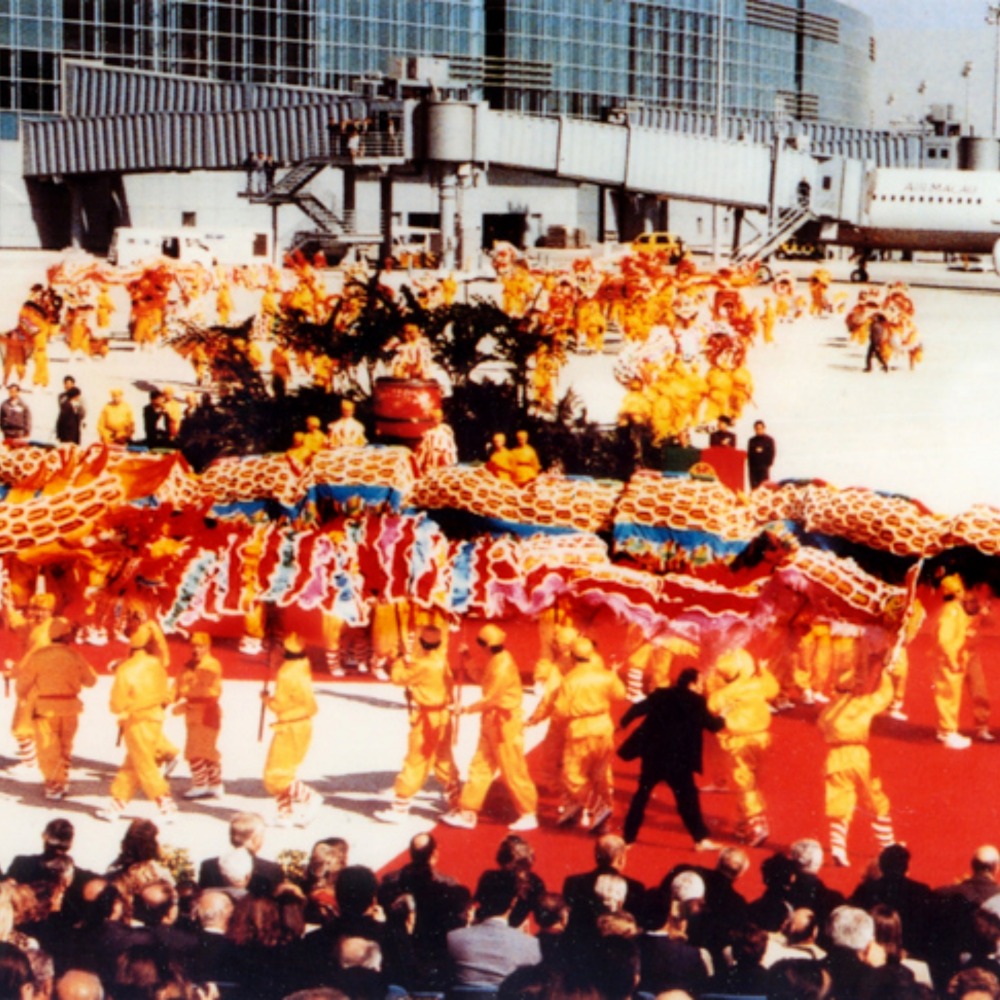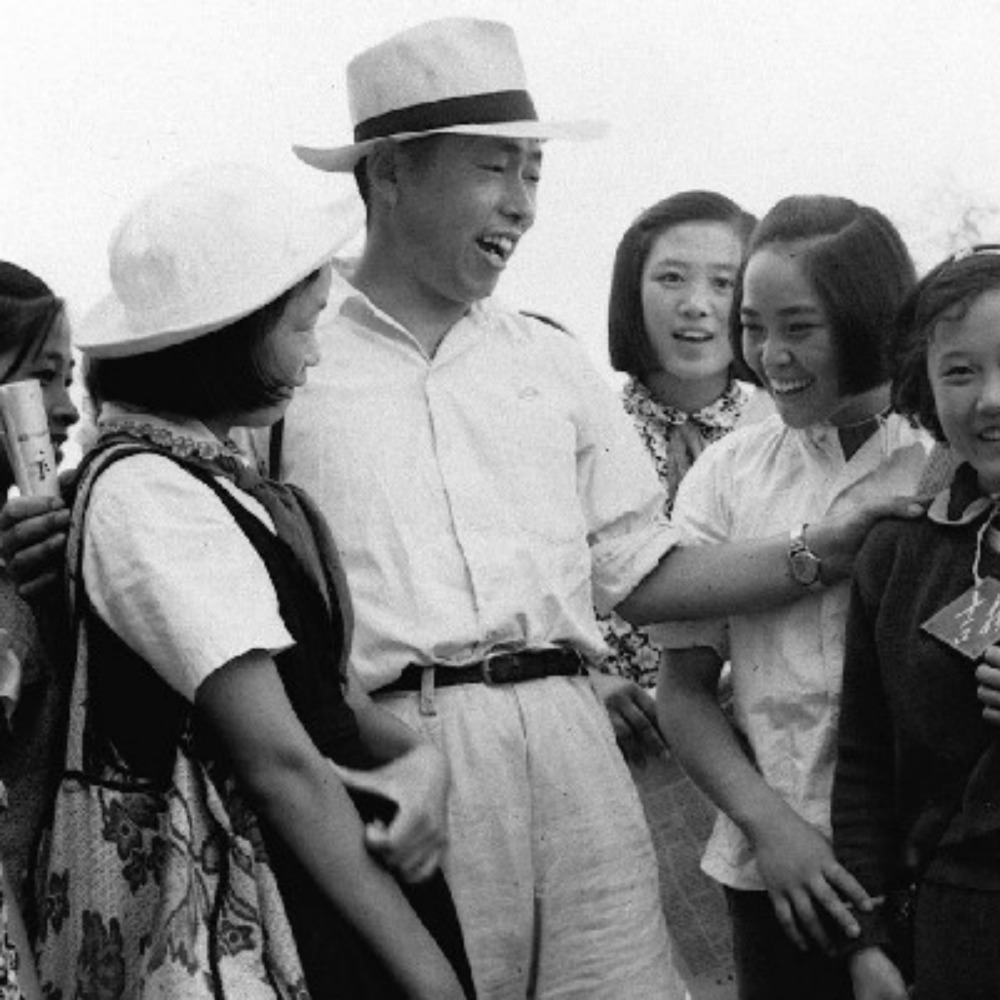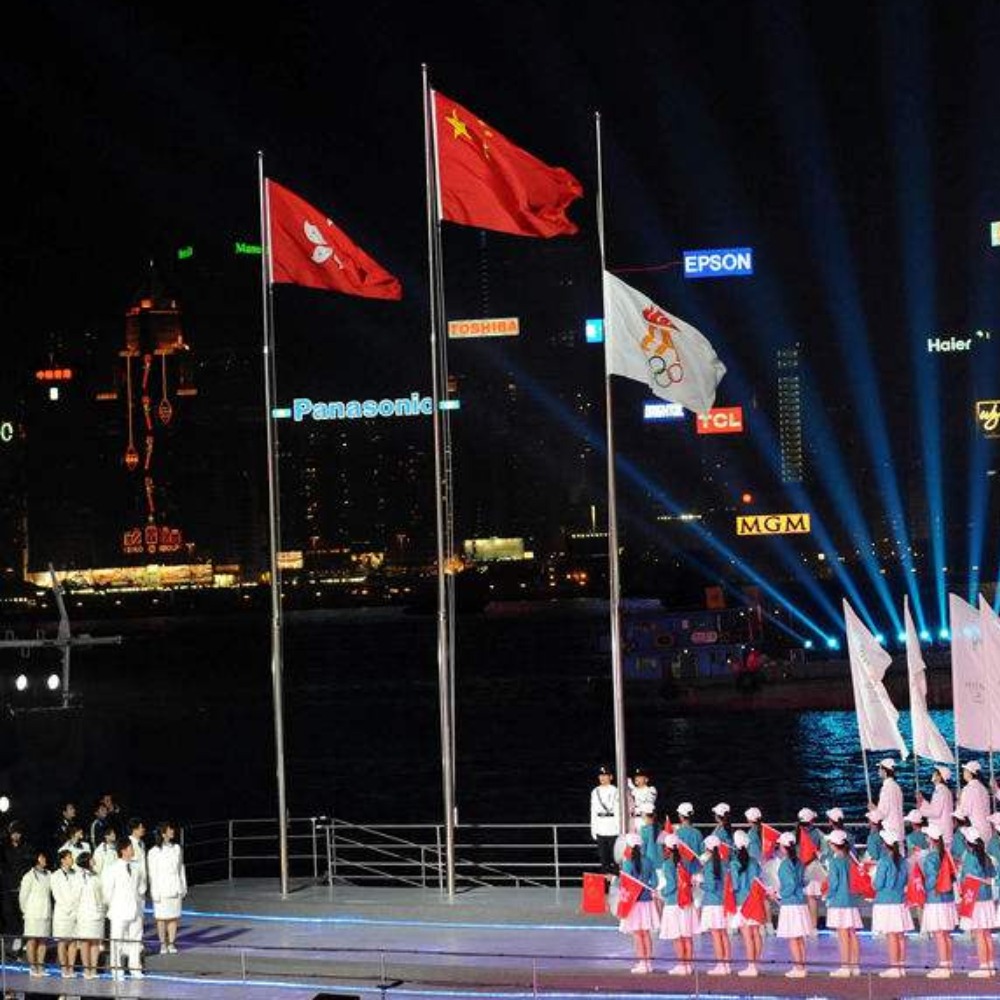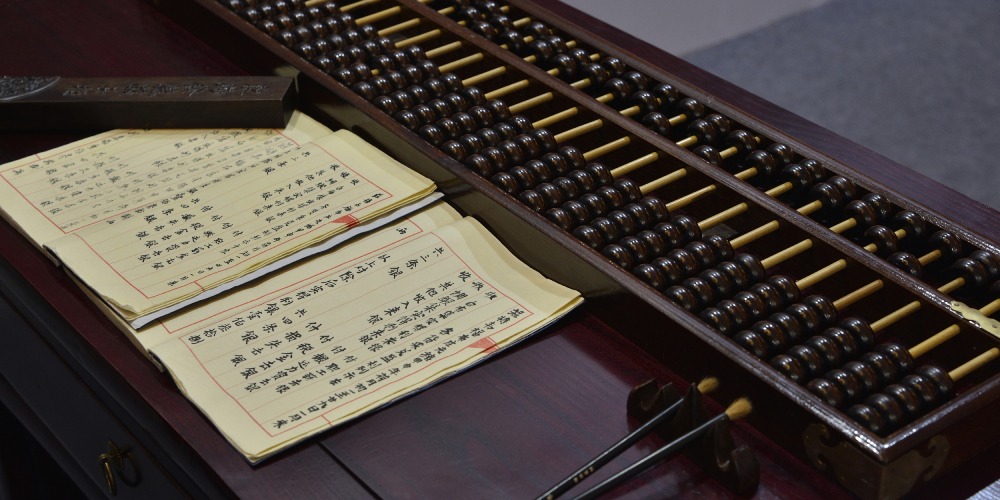Published : 2025-04-10
From April 10 to 17, 1971, at the invitation of the Chinese Table Tennis Team, the U.S. Table Tennis Team, which had just participated in the 31st World Table Tennis Championships in Nagoya, Japan, paid an official visit to China.
This event opened the door to China-U.S. exchanges, which had been isolated for 22 years, and was dubbed "Ping-Pong Diplomacy" by the international community.
During the 31st World Table Tennis Championships, the U.S. Table Tennis Team had already expressed to the Chinese Table Tennis Team their intention to visit China after the competition.
On April 6 of the same year, near the end of the competition, Chairman Mao Zedong made the decision to officially invite the U.S. Table Tennis Team to visit China.
On April 10 of the same year, the chairman of the U.S. Table Tennis Association and the team leader, along with the athletes, arrived in Beijing.
Premier Zhou Enlai (周恩來), who was responsible for arranging the visit, remarked that it presented an exceptionally opportune moment to advance China-U.S. relations. It had a significant impact on the breakthrough in China-U.S. relations, and was praised as "a small ball moving the big ball."
On April 14, Zhou met with table tennis teams from the United States, Canada, Colombia, and other countries at the Great Hall of the People, during which he had long talks with the U.S. team.
At that time, the table tennis teams of China and the United States also held friendly matches and exchanged skills.
The U.S. team also visited the Great Wall and places like Tsinghua University.
Subsequently, President Nixon issued a statement announcing a series of measures to improve and loosen bilateral relations, including lifting the 21-year-old trade embargo against China, expediting visa processing for Chinese visitors, relaxing currency controls, allowing Beijing to use U.S. dollars, and removing other trade restrictions.
It is evident that "Ping-Pong Diplomacy" facilitated the normalisation of China-U.S. relations.
